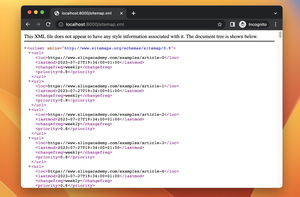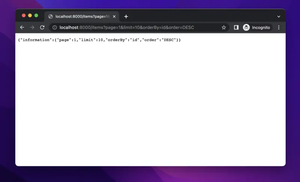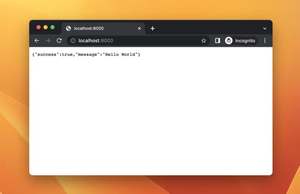Introduction to Jinja
Jinja is a powerful templating engine for Python, often used in web applications to generate HTML dynamically. Flask, a popular micro web framework, leverages Jinja templates extensively. However, sometimes you may need to decode the response from a Jinja template into a straightforward string, such as for logging or further manipulation.
Decoding Jinja Response
To decode a Jinja response to a string, we primarily need to ensure that the template has been rendered and then convert it properly. Let’s go through this step by step.
Example with Python and Jinja2
We will start with a basic example using Jinja2 directly in Python.
from jinja2 import Template
# Define a simple template
template = Template('Hello, {{ name }}!')
# Render the template with a variable
result = template.render(name='World')
# Print the rendered result
print(result) # Output: 'Hello, World!'
In this example, you create a Jinja template and render it using the render method, passing any variables to be substituted in placeholders. The result is the rendered HTML string.
Example with Flask
When working with Flask, the rendering process is similar but usually involves templates loaded from files.
from flask import Flask, render_template_string
app = Flask(__name__)
@app.route('/')
def index():
# A string represents a template
template_str = "<h1>Hello, {{ name }}!</h1>"
# Use render_template_string for inline templates
response = render_template_string(template_str, name='World')
# Log or use the response as a string
print(response)
return response
if __name__ == '__main__':
app.run(debug=True)
Here, we use render_template_string for inline templates, which is useful for dynamic generation or simpler examples. Again, you use the variable response as a rendered string that can then be logged or further processed.
Conclusion
Decoding a Jinja response to a string is often as simple as rendering the template and handling the result as a typical string. With this basic understanding, you can now incorporate this technique into various scenarios, whether working with simple scripts or larger web frameworks like Flask.











